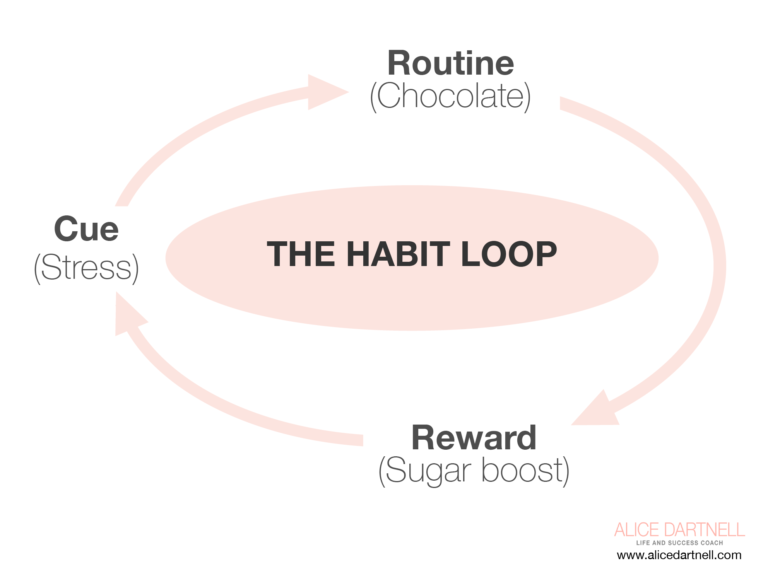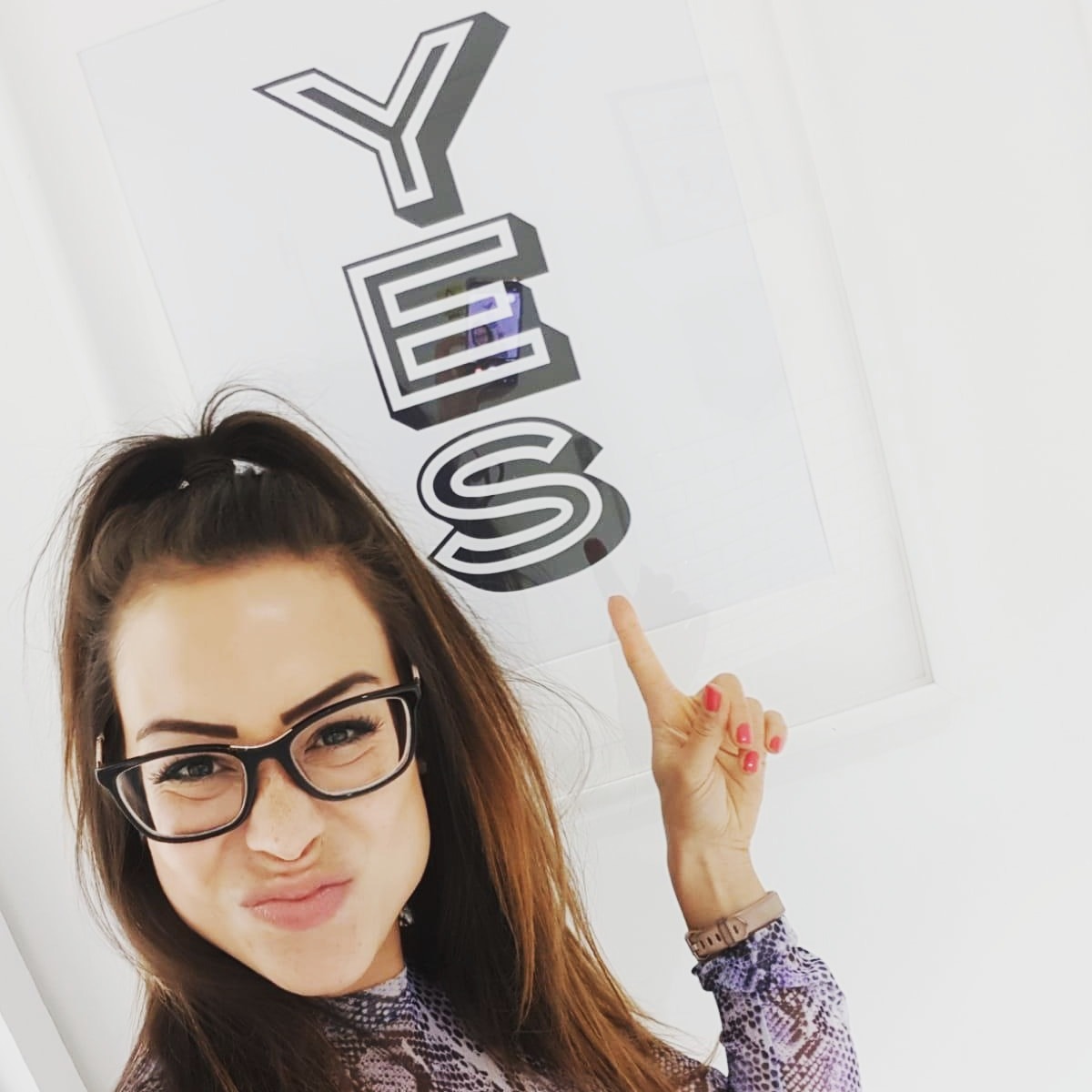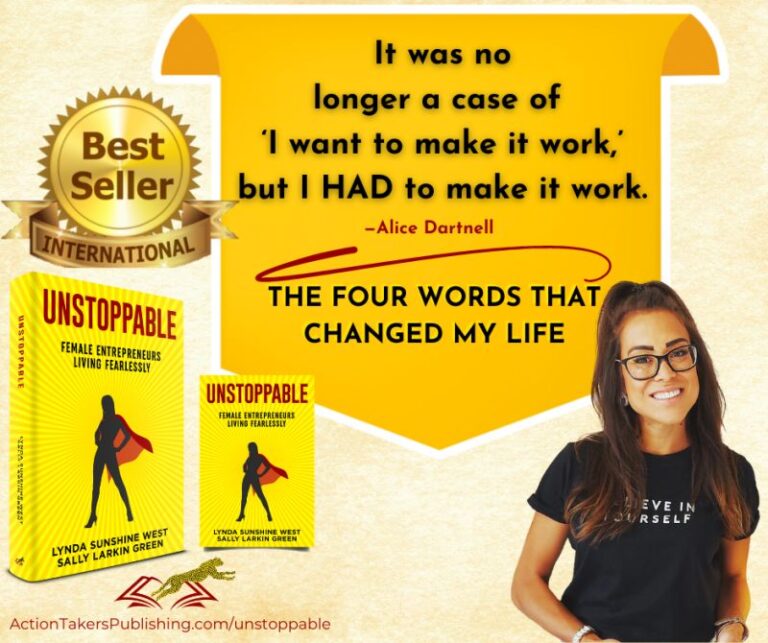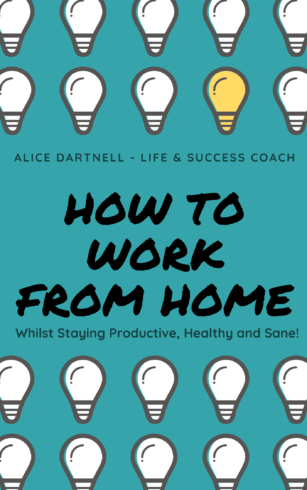“Habits” is often a topic of discussion with my with my 1-2-1 clients and people attending my workshops. Quite rightly so, because the way to achieve success and achieve your goals has nothing to do with willpower, determination or how many degrees you’ve got. It has also nothing to do with talent. It is about the daily discipline of developing, embracing and incorporating positive habits.
So how do we create these positive habits? How do we stop coming home from work, slumping on a chair, turning the TV on and grabbing a big glass of wine? Creating good habits is easier said than done, because as Charles Duhigg says in his book, The Power of Habit, there are unfortunately no specific set of steps that are going to help everybody.
However, here is some good news. In this blog, I am going to share with you my four easy ways to implement good habits which have worked for me and my coaching clients. Whether your goals are health related or professional, personal or relationship focused, these will help. Remember, it’s the simple little daily acts that will help you rather than big grand gestures.
But first, we need to understand what a habit is and how it is formed.
Habit Tip 01:
Have reminders
Habit Tip 02:
Create good habit tracking
Habit Tip 03:
Identify what has stopped you in the past
Habit Tip 04:
See your habit as a choice
One of my favourite books on habits is The Power of Habit, by Charles Duhigg. What I love about Duhigg’s book is that he goes into informative detail about how a habit works and how you can short-circuit the habit loop in order to overcome bad habits. In a nutshell, the way it works is that there’s a cue, a routine and a reward.
Now you’ve figured out your habit loop – you’ve identified the reward driving your behaviour, the cue triggering it, and the routine itself – you can begin to shift your behaviour. You can change to a better routine, reprogram the brain and develop new habits.
Deep ingrained habits don’t just go away. So in order to switch up your habits, you need to learn and practice how to short-circuit the habit loop. You can’t break a bad habit, so instead you need to replace them. The cue is still there but you follow a new routine, and still receive a reward.
For example, a lot of people, myself included, can be a bit of a stress eater. So, your cue might be stress. Something difficult has happened, so your routine is, “Oh well, I’ve had a difficult day at work (cue), so I deserve that mammoth chocolate bar (routine) and then the reward is instant gratification.”
The next time a stressful situation occurs the routine is going to kick in, and this is often automatic because you have had the same response to your cue (stressful situation) over and over again. This is habit.

So how do you start diagnosing and then changing this behaviour? By figuring out the habit loop. Charles Duhigg, the author of The Power of Habit, suggests the following framework for reshaping bad habits.
First, you need to identify the routine. Most habits have a routine that’s pretty easy to identify – it’s the behaviour you wish to change. For example, I am a stress eater, so I like to eat chocolate if I am stressed.
Next, some less obvious questions: What’s the cue for this routine? Unfortunately, it can be difficult to identify the cues that trigger our habits, because there is too much information bombarding us as our behaviours unfolds.
And what’s the reward? The chocolate itself? The excuse to eat a bar? The temporary distraction? Or the burst of energy that comes from that blast of sugar? And what’s the reward?
Once you’ve figured out your habit loop – you’ve identified the reward driving your behaviour, the cue triggering it, and the routine itself – you can begin to shift the behaviour. You can change to a better routine by planning for the cue and choosing a behaviour that delivers the reward you are craving. What you need is a plan.
The way to implement good habits is to switch out that routine and replace it with something that’s going to be more beneficial for you. For example, now when I’ve had a stressful day, I find going to the gym is a better routine for me and I still get that reward and gratification at the end. So, it’s about switching out the routine.
“Change might not be fast and it isn’t always easy. But with time and effort, almost any habit can be reshaped.”
― Charles Duhigg, The Power of Habit
Sorry for the bad news. Creating good habits is easier said than done because as Charles Duhigg says in his book, The Power of Habit, there are unfortunately no specific set of steps that are going to help everybody.
However, some good news. I’m going to share with you my four easy ways to implement good habits which have worked for me. Whether your goals are health related or professional, personal or relationship focused, these will help. Remember, it’s the simple little daily acts that will help you rather than big grand gestures.

Habit tip number one is all about having reminders. When we are trying to implement something new, we need to constantly remind ourselves of it. Remember, repetition is key to a habit! Ultimately, having the reminder will help us reach the stage of doing it so often that it becomes a habit.
As Gretchen Rubin explained in her Psychology Today Web Site article, Stop Expecting to Change Your Habit in 21 Days, 21 days isn’t nearly long enough to form and reinforce positive habit. In fact, according to a recent study, it takes an average of 66 days for a new behaviour to become a habit.
And I don’t mean just mentally reminding yourself, but also visually reminding yourself too. Now, there will come a point where something does become so ingrained that you no longer need to remind yourself anymore. So, use that visual cue for something else, but whilst you’re trying to implement a habit you need a visual reminder.
I was working with a 1-2-1 client once, who just casually mentioned the fact that she always forgot to take her tablets and vitamins in the morning, and I asked her where they were. She said, “they’re in my bathroom cabinet.” I asked, “How often do you go into that cabinet?” “Never really”, she said. Well, there’s the problem. You’re not seeing the vitamins; you’re not remembering to take them.
What did I do to implement that as a habit for me? I’ve put them by my kettle. Every morning when I go downstairs, I make myself a cup of green tea, my vitamins are there. I don’t need to remember to take my vitamins, they’re visually there.
Now, there will come a point where something does become so ingrained that you don’t need to remind yourself anymore, so use that visual cue for something else, but whilst you’re trying to implement a habit you need a visual reminder.
How are you going to remember and record the fact that you were on track to implementing that habit? This tip is about developing good habit tracking. Again, it’s not going to happen overnight and will take anywhere from 20 to 66 days.
The key is to visibly track your habits. Don’t just have it stored in your head, because either you’re going to give yourself more credit than you deserve, or you’re not going to remember how many days you’ve missed.
You can use an app, like My Fitness Pal to track calories, water intake or your exercise. Your Fitbit can be used to track your steps and your sleep. You can also use good old fashioned pen and paper! That works as well. It doesn’t have to be fancy; you just need to track whatever it is you’re aiming for.
My mother is Japanese and last year I enjoyed a fantastic adventure visiting my family in Japan. Now I’ve upped my Japanese self-study to 40 minutes a day. I track that, because even if I don’t quite make my 40 minutes a day, which at the moment is not really happening, at least I know and I’m tracking how many minutes I’m doing a day, and this is now making it a daily habit for me.
Remember to make sure you make habit tracking one of your non-negotiables when you do your weekly time management planning.
Another way to create good habits is to identify what has stopped you in the past. We repeatedly make the same mistakes again and again, and then we just get more frustrated with ourselves because we can’t understand why we’re not reaching our goal, even though we keep trying and trying and trying. The reason we keep making the same mistakes is because we’re not understanding what has stopped us in the past.
Take time to identify what was stopping you reaching that goal in the past so you can use it to form a good habit now. My 1-2-1 clients and other people at my workshops tell me how they don’t have enough time to exercise and think that it is always other’s “extreme self-discipline” that gets people to go to the gym. No! It’s not! It’s because people who do go to the gym have short-circuiting their habit-loop, overcame bad habits and made going to the gym one of their positive habits!
So, try to think what has stopped you from creating good habits in the past.
Finally, number 4. Start seeing it as a choice. So many times, I talked to my 1-2-1 and other clients, and heard them using language like ‘must’ and ‘should’ and ‘have to’. The problem is if you use that negative language then you hand away responsibility and control.
Where is your sense of desire and control to create that good habit? Start to put the choice back into it. See it as your choice. It’s not something you have to do. You want to do this.
Your attitude determines how you approach life and other people. As a result, your attitude will determine your success or failure. No one’s holding a gun to your head (well hopefully not!) when you are making that choice. So, whatever that good habit you want to implement is, whether it is going to bed early, getting up early, exercising, being more patient, working on your drawings, or speaking up at work, you have to see it as a choice that you have control over and you have decided to make.
So, there you have it! Four easy ways to start creating good habits. You need to be mindful of you behaviour and constantly ask yourself are your daily actions the right habits to take you a step forward and closer to where you want to be or are you taking a step a back.
Now you’ve figured out your habit loop – you’ve identified the reward driving your behaviour, the cue triggering it, and the routine itself – you can begin to shift your behaviour. You can change to a better routine, reprogram the brain and develop new habits.

Are you interested in knowing why creating good habits are the real secret to success? Take a look at my popular blog article, Why Creating Good Habits are the Real Secret to Success. In it, I discuss author Charles Duhigg’s book, The Power Of Habit will enable you to change your routine, reprogram the brain and develop new habits.
Work towards you goals in easy bit by bit using the compound-effect of the Law of the Slight Edge. In a nutshell, the Slight Edge is the law that everything adds up bit by bit. The actions we take will move us either towards our goals or away from them.
Would you like to know how to work towards your goals in an easy bit-by-bit approach using the compound-effect of the Law of the Slight Edge? In a nutshell, the Slight Edge is the law that everything adds up bit by bit. The actions we take will move us either towards our goals or away from them. Learn more about the Law of the Slight Edge in my ground-breaking article Using the Slight Edge to Achieve Your Goals.
The Transform Your Time: The Foundations to Time Management Course is an easy-to-do self-study course hosted on Kajabi for time-poor professionals who are ready for quick-wins that’ll empower you to master your time management and unlock hours!
This is THE time management course for busy professionals that don’t have time to learn about time management! All modules are broken down into bite-sized content that is easy-to-digest, learn and implement which you can do at your own pace so it fits within your busy life!
This is the course for the person who want to feel organised and be productive and want the tools to make their time management actions work for them.
You can find out more about this Online Self-Study Time Management Course by clicking HERE.
Unfortunately, you have missed the highly successful and transformational January 2022 “Own Your Day” time management course. But you can get your free copy of the mini-training – “The Perfectionist’s Guide to Boosting Productivity and Finding Balance” HERE.

My collaboration book, “Unstoppable: Female Entrepreneurs Living Fearlessly” was published in January 2024 a is already a BEST SELLER!!!
My chapter, titled “The Four Words That Changed My Life” shares my ‘unstoppable story’.
You know me, so expect rawness and honesty through my journey the last couple of years following that day in September 2020 that changed EVERYTHING!!!
Get your copy of my book “Unstoppable: Female Entrepreneurs Living Fearlessly”!
On sale in the UK for just 78p! To purchase your copy click HERE
In the USA you can purchase your copy for just 99 cents just click HERE

Have you ever wondered what does it take to successfully work from home? My latest book is a hands-on guide for everyone working at home. It will show you in easy to read tips how to work from home, whilst staying productive, healthy and sane.
In informative, easy to read chapters, you will learn how to set up your own dedicated workspace, select the right office equipment and tips for video calling and conferencing. You will also learn the importance of setting and maintaining boundaries inside the home, managing distractions, avoiding procrastination and learn how to establish a routine that suits your lifestyle.
With many people working from home for the first time, this book is a practical guide to show you how to work from home, whilst staying productive, healthy and sane.
On sale for just £2.42 / $2.99! To purchase your copy click the Amazon button below!
Click below for more information!
This article is written by Alice Dartnell, life and success coach of Alice Dartnell Limited. Alice empowers busy professionals to be successful, transform their lives and achieve more by improving their confidence, mindset and time management.
For more information please see www.alicedartnell.com
Copyright ©️ 2022 Alice Dartnell Limited
Disclaimer
This blog is published by Alice Dartnell Limited solely for educational and entertainment purposes. The author and publisher are not offering it as legal, accounting, health care or other professional services advice. While best efforts have been used in preparing this blog, the author and publisher make no representations or warranties of any kind and assume no liabilities of any kind with respect to the accuracy or completeness of the contents. Neither the author nor the publisher shall be held liable or responsible to any person or entity with respect to any loss or incidental or consequential damages caused, or alleged to have been caused, directly or indirectly, by the information contained herein. Every person and company are different, and the advice and strategies contained herein may not be suitable for your situation. Alice Dartnell or Alice Dartnell Limited is not liable for the contents of any external internet sites listed, nor does it endorse any commercial product or service mentioned or advised in this blog. You should seek the services of a competent professional as appropriate. You are responsible for your own choices, actions, and results. Always consult your own General Practitioner if you’re in any way concerned about your health.


